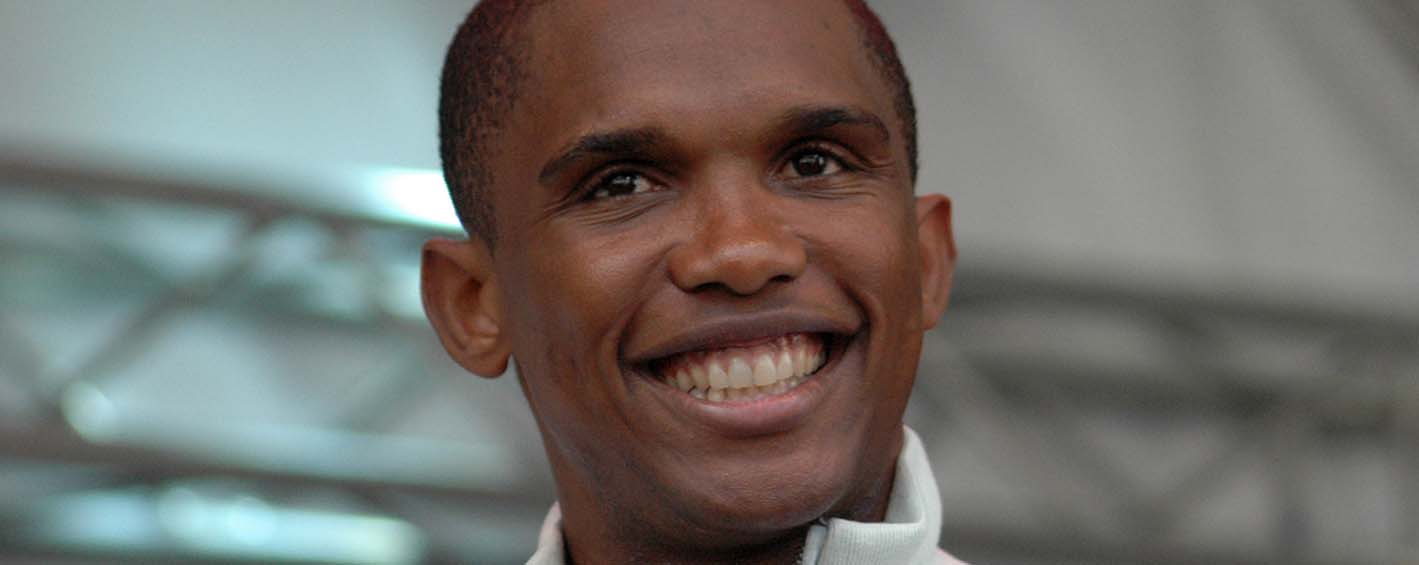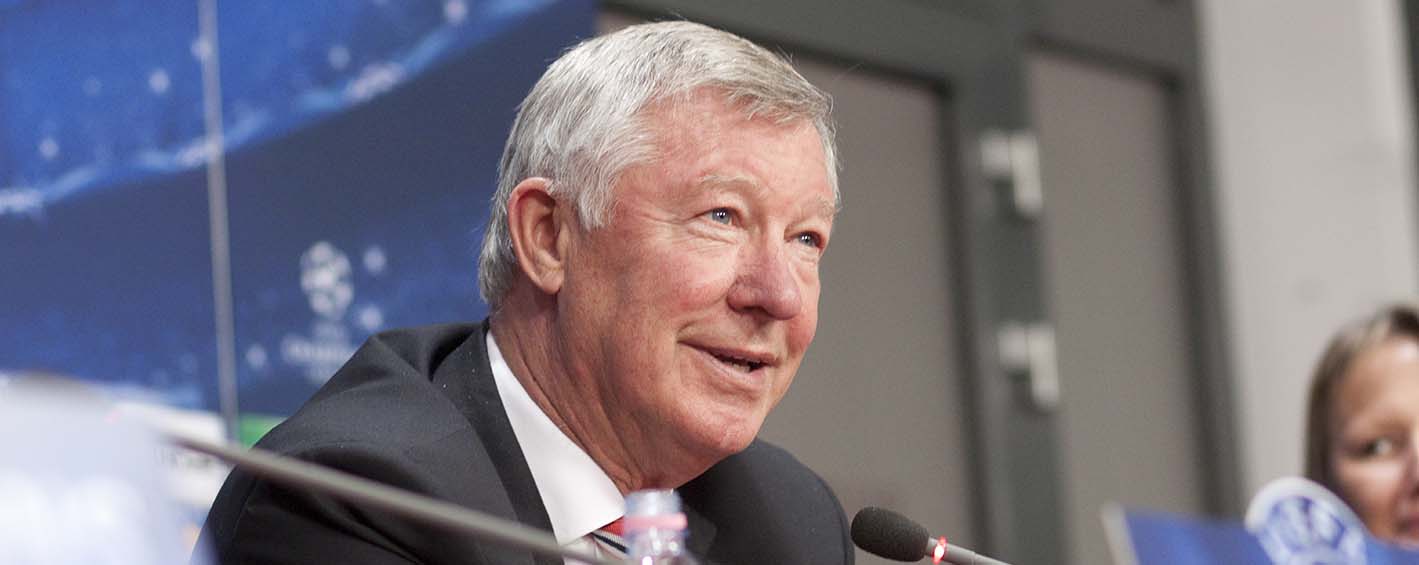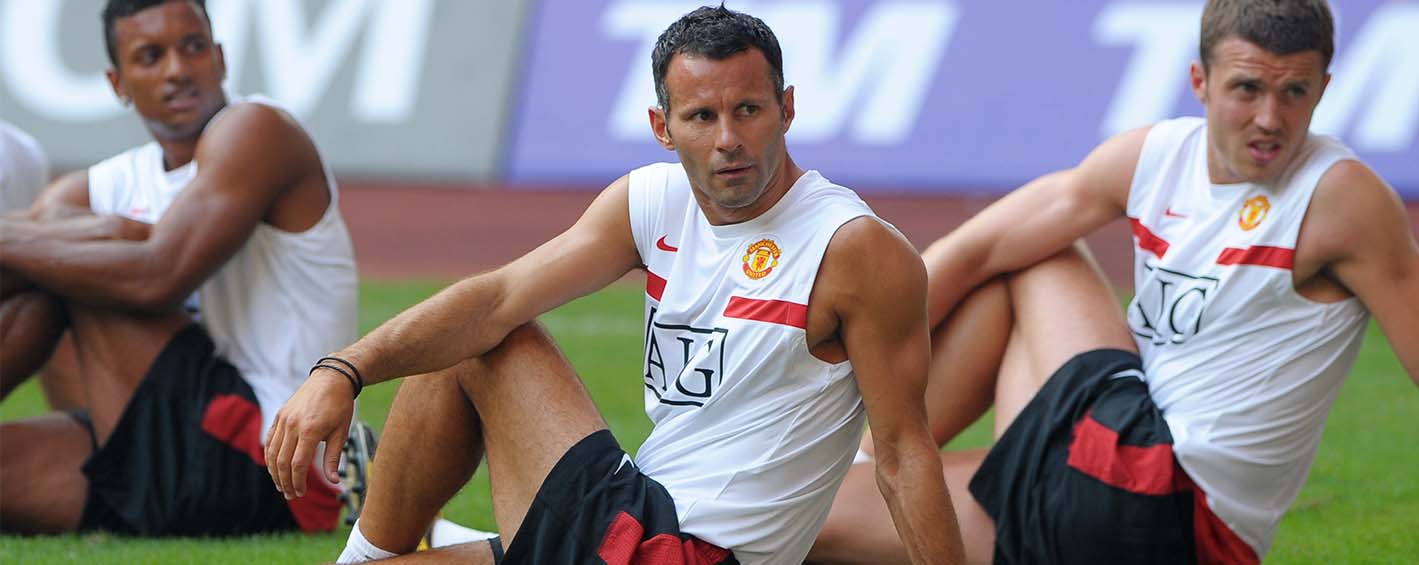Share it
As sports science has become more influential in preparation and training - more players over the age of 30 are performing at the highest level of the professional game. But can sports science really stop father time?

Samuel Eto'o
During the final week of March 2014 football’s golden oldies, Samuel Eto’o, (33) Ryan Giggs (40) rolled back the years in the Champions League for Galatasaray and Manchester respectively. The return of Christiano Ronaldo to Manchester United at the age of 36 and Zlatan Ibrahimovic still playing competitive football for Sweden aged 40 shows what wonders can be done to an older body with the help of science.
John Hartson had previously spoken of the methods employed by Arsene Wenger, whilst at Arsenal that were responsible for “putting another two or three years” on the careers of Tony Adams, Lee Dixon and Ian Wright. Few would dispute that. In the past decade, those methods have become football’s methods. Players are fitter.
Players are fitter in the modern game

Sir Alex Ferguson "sport science is the biggest change in my lifetime"
Players recover from training by incorporating extensive stretching routines, get given finely tuned protein-carb shakes, have numerous ice baths and sports massage sessions; and limit the evening sessions at their local pub. Last year Sir Alex Ferguson said that “sport science is the biggest and most important change in my lifetime”.
Manchester United now monitors 29 variables that may increase a player’s susceptibility to injury; sometimes players will be pulled out just before training because something in their data has thrown up an irregularity and they cannot be risked.
Physical demands have increased
Given such widespread advances, you might expect the average age of players in Europe’s top leagues to be climbing sharply. It is not. The Football Observatory recently compared the average age by position of players in the Premier League, Serie A, La Liga, Bundesliga and Ligue 1 from 2005-06 to 2013-14 and found it was also static.
The average age of a first-team defender in the big five European leagues in 2005-06 was 26.21 years; now it is 26.35, an increase of 0.14 years. The figures for goalkeepers, midfielders and attackers have barely changed either.
So what is happening? Two things. Sports science is helping older players to stave off the effects of ageing. But, at the same time, the physical demands on footballers is far greater too. So the status quo prevails. Once footballers hit their early thirties they are on borrowed time - like it always has been. Rates of decline will vary. Genetics, lifestyle, injury history and the number of games can all be a factor.
Dr James Carter, the head of the Gatorade Sport Science Institute at Loughborough University, says that vigorous training after the age of 25 can limit that decline to around 5% per decade but “significant reductions in physiological and performance-related capabilities will be more pronounced once a player enters their thirties.”
Sport science benefits young and old

Ryan Giggs had a long career with Manchester United
It cannot be denied that improvements in sport science and medicine have benefited younger players as much as older ones. Players over the age of 30 are better retained at a similar rate than they were a decade ago. As Carter reminds us, “extending the shelf life of footballers beyond 35, in most cases, is still beyond the remit of science, technology and best practice”.
Why is this? Could it be that advances in science have coincided with the speed of the modern game and the volume of matches players are expected to take part in?
When Giggs and Eto’o started out, football was considered a young man’s game. Players over 35 at the top level can definitely prolong their careers and be more effective for longer periods.
However, this has been equalised by the pace of the modern game; making football still the domain of younger players.